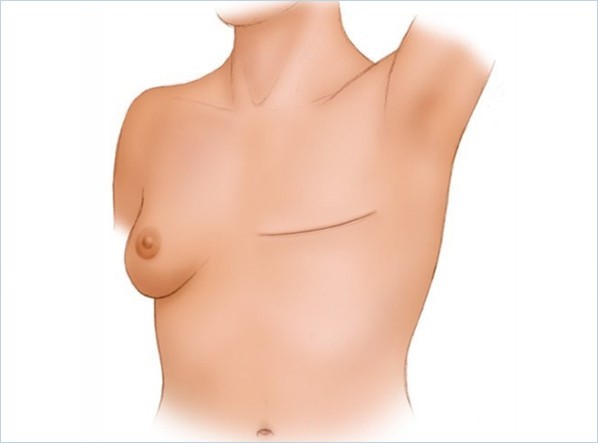A nurse is preparing to administer an injection to a client.
Which of the following actions should the nurse plan to take after administering the injection?
Remove the needle from the syringe.
Recap the needle before disposal.
Discard the needle in a puncture-proof container.
Place the needle on the bedside table.
The Correct Answer is C
After administering an injection, a nurse should discard the needle in a puncture-proof container.
This is a recommended practice to ensure the safety of injections and related practices.
Choice A is wrong because removing the needle from the syringe is not necessary.
Choice B is wrong because recapping the needle before disposal is not recommended as it increases the risk of needlestick injuries.
Choice D is wrong because placing the needle on the bedside table poses a risk of injury and infection.
Nursing Test Bank
Naxlex Comprehensive Predictor Exams
Related Questions
Correct Answer is B
Explanation
It is recommended that IVs are placed in the arm on the opposite side of your surgery, if possible.

Choice A is wrong because it involves placing the IV catheter on the same side as the mastectomy.
Choice C is wrong because it involves placing the IV catheter on the same side as the mastectomy.
Choice D is wrong because it involves placing the IV catheter on a vein that is not commonly used for IV therapy.
Correct Answer is A
Explanation
When receiving a new prescription over the telephone from a client’s provider, the nurse should first write down the complete prescription to ensure that all the details are accurately recorded.
Choice B is wrong because reading back the prescription to the provider should be done after writing down the complete prescription.
Choice C is wrong because documenting the prescription as a telephone prescription in the medical record should be done after writing down the complete prescription and reading it back to the provider.
Choice D is wrong because ensuring that the provider signs the prescription should be done after writing down the complete prescription, reading it back to the provider, and documenting it in the medical record.
Whether you are a student looking to ace your exams or a practicing nurse seeking to enhance your expertise , our nursing education contents will empower you with the confidence and competence to make a difference in the lives of patients and become a respected leader in the healthcare field.
Visit Naxlex, invest in your future and unlock endless possibilities with our unparalleled nursing education contents today
Report Wrong Answer on the Current Question
Do you disagree with the answer? If yes, what is your expected answer? Explain.
Kindly be descriptive with the issue you are facing.
